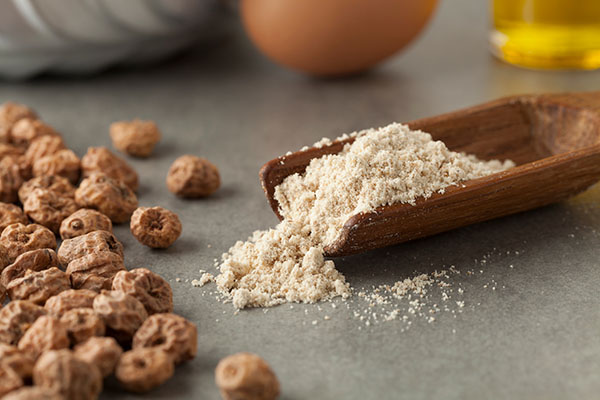
Advertisement
Cheeses such as camembert or taleggio are known for their stinky scent. Cheese scents usually smell similar to a number of things – including cabbage, mushrooms or sulfur. These funky aromas are the result of microbes living in the cheese rind emitting certain compounds as they slowly decompose the cheese. However, an August 2020 study has found that these same volatile compounds transform microbial growths on cheese rinds.
Microbiologist Benjamin Wolfe explains that the stench does not only alert us to the presence of cheese. He further explains that these scents can “feed and sculpt” other microbes living on the cheese rind.
To analyze this interaction, Wolfe and his colleagues grew various cheese-dwelling organisms in a laboratory. The different fungi and bacteria grown in separate but adjacent dishes could only interact through the volatile compounds they emitted.
“When we did this screen, there was this one bacterium – a Vibrio species – that really loved living in the aromas produced by the various fungi … in a typical wheel of camembert.” The bacterium Vibrio casei had the strongest growth stimulation out of five cheese rind organisms the study examined. V. casei‘s volatile compounds caused the dominance of other Vibrio organisms on the surface of ripened cheeses.
Wolfe elaborates that the Vibrio bacteria may be able to eat the chemical compounds that constitute the familiar cheese aroma. His team’s findings suggest these volatile chemicals can serve as food for bacteria thriving on the cheese rind. They noted that cheese in itself contains limited nutrients for organisms to use. Cheese curds require enzymatic degradation: Organisms need to break it down into smaller components so they can use it for food. In addition, cheese contains low concentrations of easily usable sugars such as glucose.
Furthermore, the odor of the cheese may also turn on certain genetic pathways in the bacteria. When these pathways are switched on, they regulate the bacteria’s ability to survive in less-than-ideal conditions. Wolfe calls this a “backup plan”, which he explains: “When things aren’t going well, and [the bacteria are] starving, [they] can turn on this other pathway and still make a living – but on these less ideal substrates that are around.”
Mind the rind: What’s the real score with the outer covering?
There are four kinds of cheese rinds, with three being edible. Non-edible cheese rinds are made from wax, bark or paper and are usually thrown away before eating.
Cheeses like brie and camembert come with a white bloomy rind, which imparts flavors similar to mushroom and wood. Cheddar and parmesan have a natural rind that forms on their surfaces during the aging process. This natural rind has a more bitter taste – but imparts a woody, smoky or meaty flavor to the cheese.
Washed rind cheeses have a sticky texture and a reddish-orange color. They are named as such because they are washed with a flavored salt brine once they are set. Once the cheeses have been washed, they are set aside to allow micro-organisms to continue growing on them. A salty bite followed by creamy cheese is a common characteristic of washed-rind cheeses.
You can eat cheese rinds despite their stench, as their bacterial cultures present do not harm the body. In fact, they can contribute to better gut health as some of them inhibit the activities of certain pathogens. The bloomy rind on camembert and brie hail from certain strains of Penicillium mold. It is important to note that the Penicillium strain used on cheese rinds is different from the strain used to produce the antibiotic penicillin.
However, it is best not to eat the rinds from poorly kept or very old cheeses. Such cheeses usually develop a bitter or rancid flavor – or have wet, slimy, gritty or brown sections.
Despite their off-putting smell, cheese rinds are definitely no stinky business!
Visit FoodScience.news to learn more about microbes growing on cheese rinds.
Sources:
Advertisements







